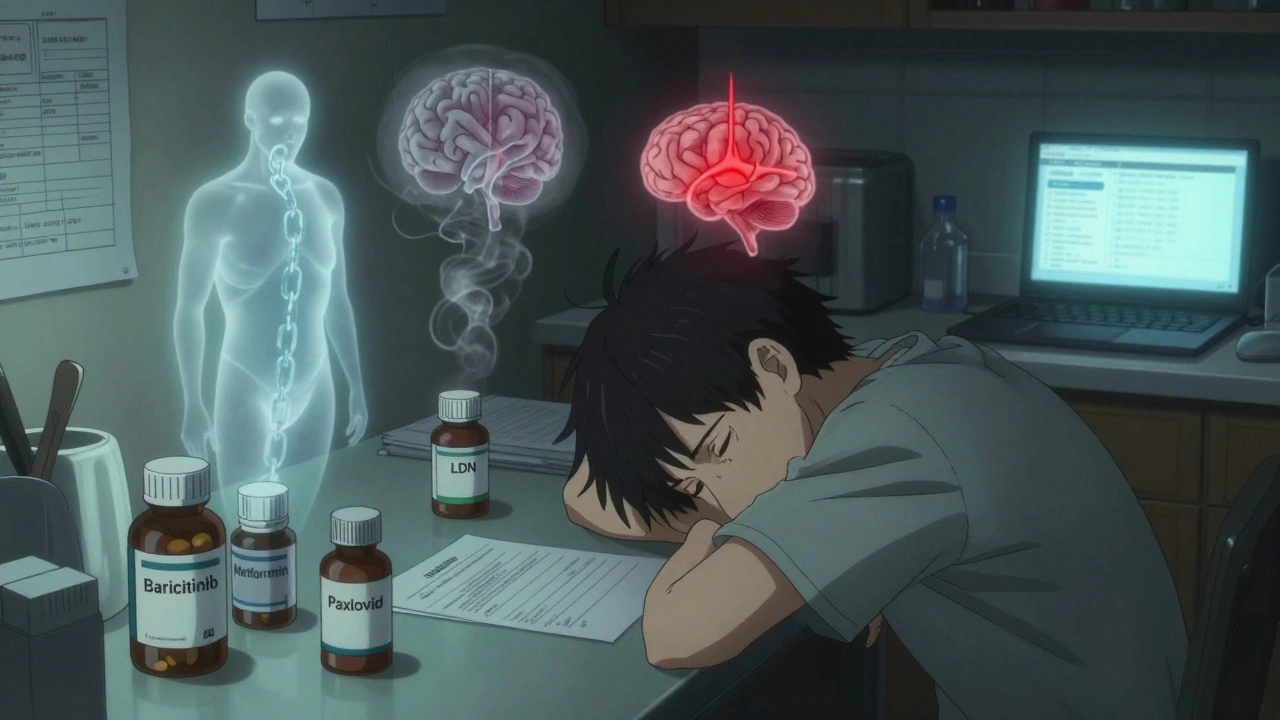Naltrexone: What It Is, How to Use It, and Where to Get It Safely
If you’ve heard about naltrexone but aren’t sure what it does, you’re in the right spot. Naltrexone is a prescription medication that blocks opioid receptors in your brain. That means it can help people stop drinking, quit opioids, or manage certain pain conditions.
Doctors usually prescribe two forms: a daily tablet (often called ReVia) and a long‑acting injectable (Vivitrol). The tablet works for alcohol dependence, while the shot is popular for opioid use disorder because it stays active for about a month.
How Naltrexone Works
Naltrexone sits on the same brain spots that opioids target, but instead of activating them, it blocks them. When you try to drink or take an opioid while on naltrexone, the usual high doesn’t happen. This can reduce cravings and help you stay focused on recovery.
The drug also has a mild effect on your body’s natural endorphins, which can slightly lift mood over time. That’s why some doctors use low‑dose naltrexone (LDN) for conditions like fibromyalgia or certain skin issues, though those uses are off‑label.
Tips for Buying Naltrexone Safely
The safest way to get naltrexone is through a licensed pharmacy with a valid prescription. If you’re looking online, pick sites that require a prescription upload and have clear contact info. Avoid any store that offers “no‑prescription” sales – those are often counterfeit.
Before ordering, check if the site is verified by a recognized pharmacy board or has positive reviews from real users. Look for secure payment options and clear shipping policies. Many reputable online pharmacies also offer a pharmacist chat to answer questions about dosage or side effects.
Typical adult dosage for alcohol dependence is 50 mg once daily. For opioid relapse prevention, the injectable dose is 380 mg every four weeks. Always follow your doctor’s exact instructions – taking more won’t speed up results and can raise the risk of liver issues.
Common side effects include nausea, headache, dizziness, or a feeling of fatigue in the first few days. Most people feel better after their body adjusts. If you notice severe stomach pain, dark urine, or yellowing skin, call your doctor right away – those could be signs of liver trouble.
Remember, naltrexone works best when paired with counseling or a support program. It’s not a magic pill; it helps you stay on track while you work on the underlying habits.
Bottom line: naltrexone can be a powerful tool for beating alcohol or opioid cravings, but only if you use it correctly and get it from a trusted source. Talk to your healthcare provider about whether it’s right for you, and when you’re ready, choose an online pharmacy that asks for a prescription and protects your data. With the right plan, naltrexone can give you a clear path toward recovery.
Long COVID Treatments: What Medications Are Being Tested and What We Don’t Know Yet
As of 2025, millions live with Long COVID with no approved treatments. Explore the medications being tested-baricitinib, metformin, LDN, Paxlovid-and the hidden risks, mixed results, and critical unknowns that make treatment a dangerous gamble.
learn moreExploring the Best Alternatives to Antabuse in 2024 for Alcohol Dependence
This article delves into five notable alternatives to Antabuse in 2024 for treating alcohol dependence. It discusses the mechanisms, benefits, and potential drawbacks of Naltrexone, Acamprosate, Topiramate, Gabapentin, and Baclofen. Readers will gain a comprehensive understanding of how each option supports sobriety and the various factors to consider when choosing the right treatment. With helpful insights and clear pros and cons, this guide aims to aid individuals in making informed decisions about their recovery journey.
learn more
